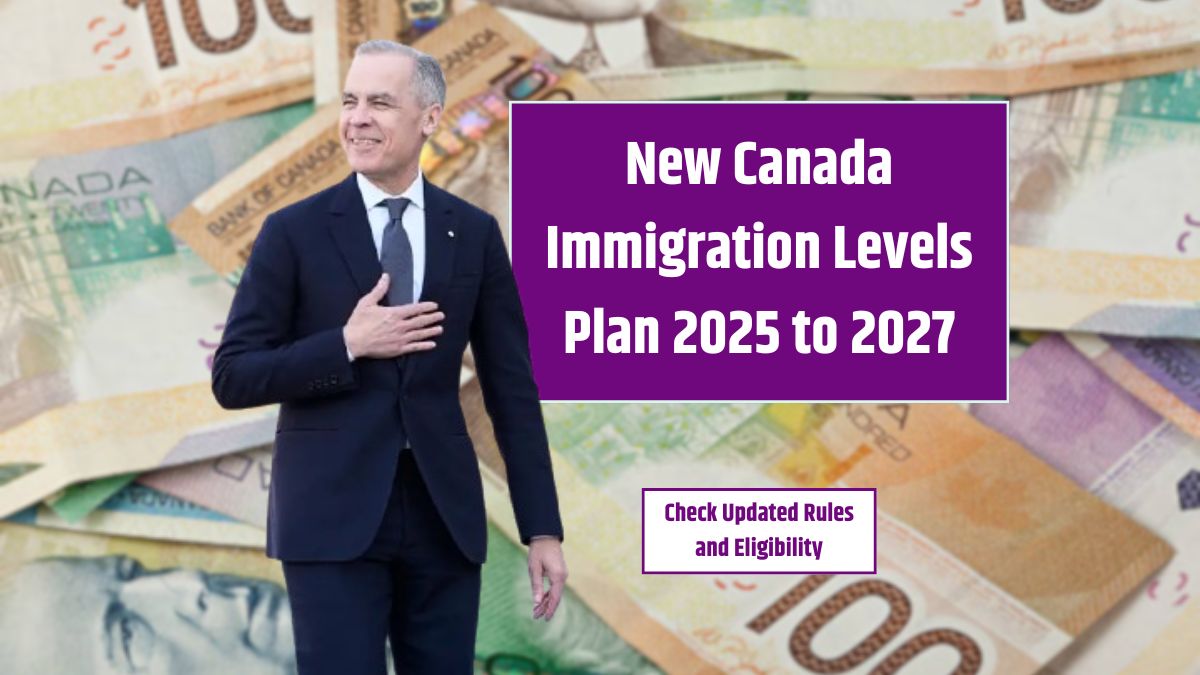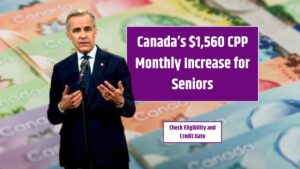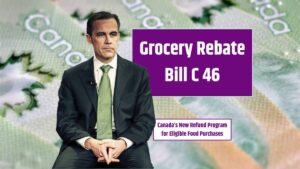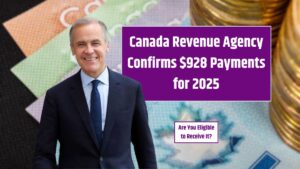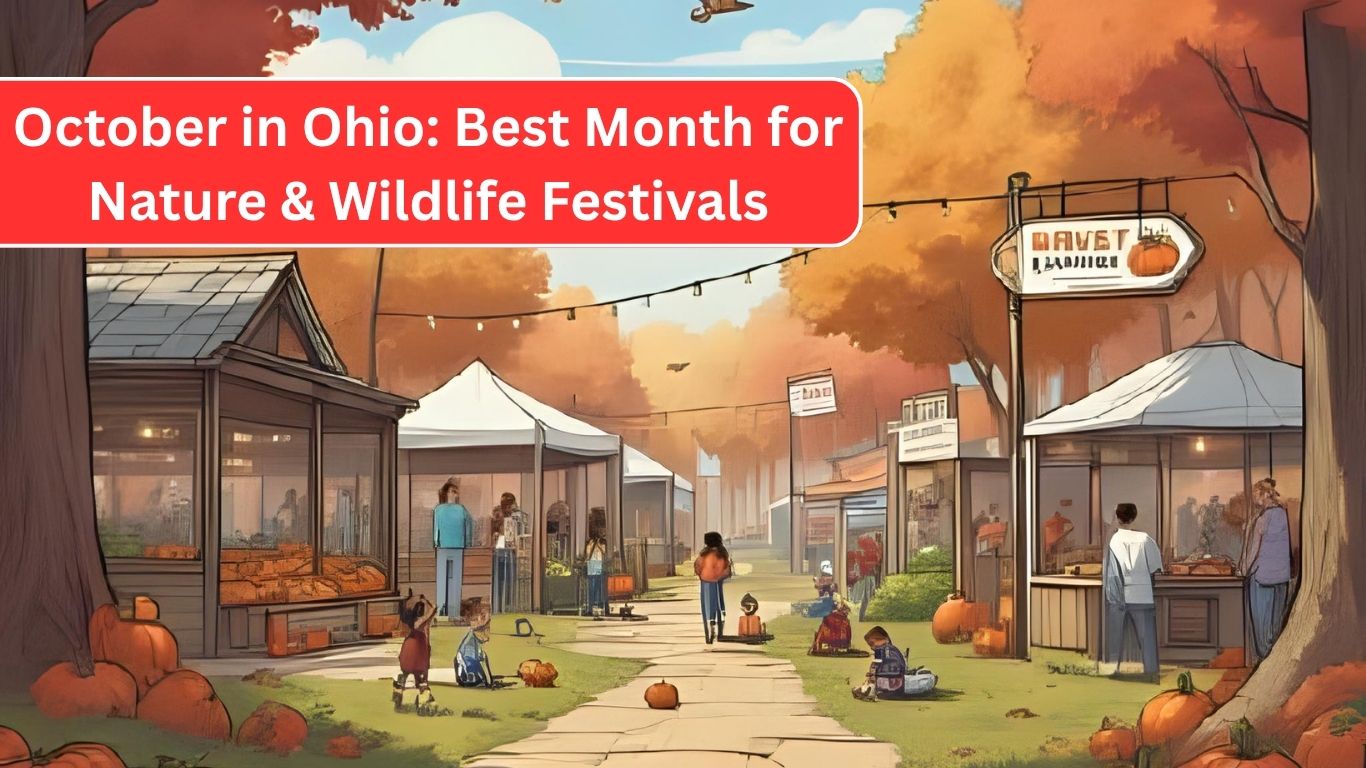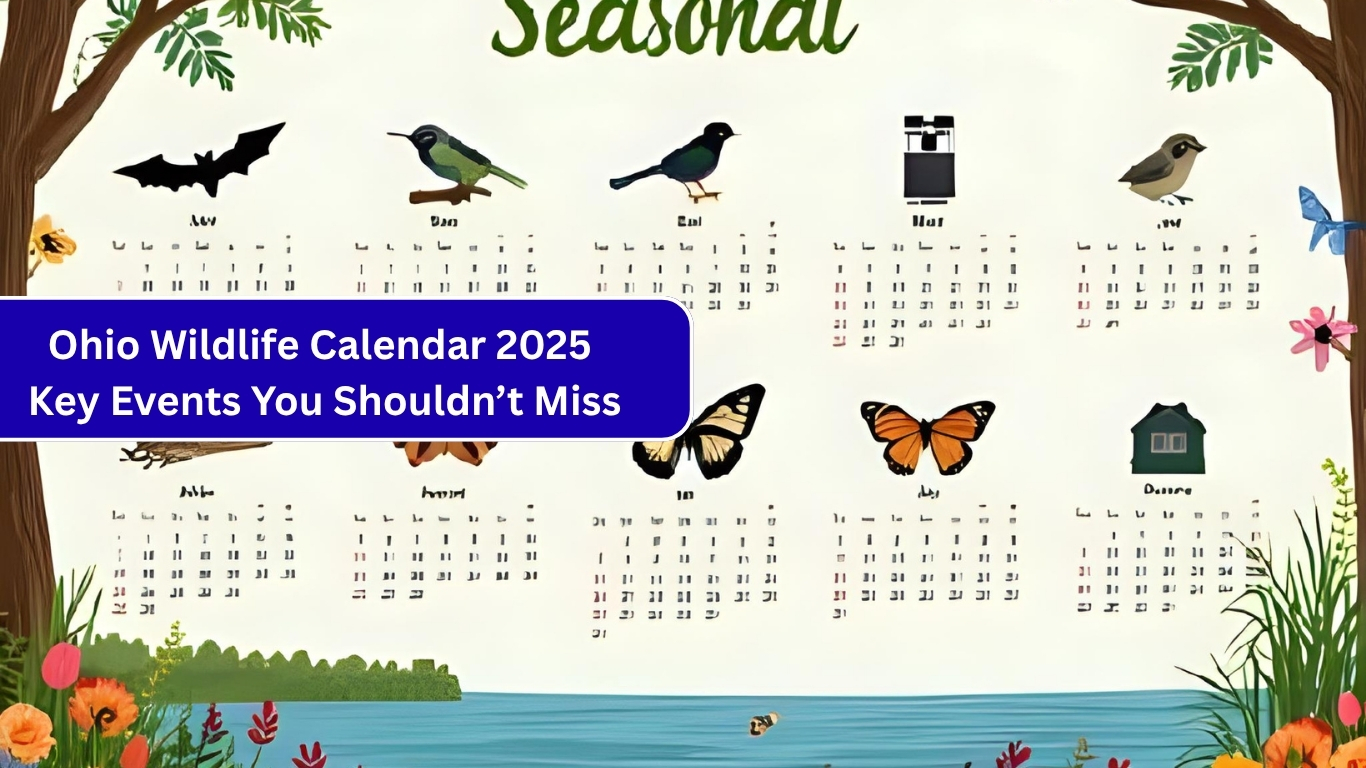Canada’s immigration plan for 2025 to 2027 has officially been released, and it outlines major updates that will shape the future of immigration policy. The new Canada Immigration Levels Plan is focused on welcoming skilled workers, reuniting families, and supporting French-speaking communities. With new targets for both permanent and temporary residents, this plan introduces structured goals aimed at balancing population growth with economic and social needs.
If you are planning to move to Canada, this guide explains what’s changing, who qualifies, and how the immigration process will work under this updated plan.
Table of Contents
Overview
The Immigration Levels Plan serves as a roadmap for how many new residents Canada will welcome each year. It sets clear targets for different immigration streams while also focusing on key priorities like economic growth, labour market needs, and cultural diversity.
| Category | 2025 | 2026 | 2027 |
|---|---|---|---|
| Permanent Residents | 395,000 | 380,000 | 365,000 |
| Temporary Residents | 673,650 | 516,600 | 543,600 |
| Focus Areas | Skilled workers, family reunification, Francophone support |
Plan
The goal of this plan is not just to bring more people to Canada but to ensure that newcomers can be integrated smoothly into society. By slightly reducing targets over the three years, the government aims to relieve pressure on housing and public services while still addressing labour shortages.
The plan also includes ongoing efforts to attract immigrants with in-demand skills and qualifications, particularly in healthcare, construction, and technology.
Permanent
Permanent residents are individuals who can live, work, and study anywhere in Canada with no time limit. The three main immigration streams for permanent residency are:
Economic Class
This stream targets skilled professionals and tradespeople.
- Express Entry: A points-based system that evaluates candidates based on age, education, language skills, and work experience.
- Provincial Nominee Programs (PNPs): Each province selects immigrants who meet local economic needs.
Family Class
Canadian citizens and permanent residents can sponsor:
- Spouses or common-law partners
- Dependent children
- Certain relatives in specific situations
This stream is focused on family reunification and plays a key role in Canada’s inclusive immigration policy.
Refugees and Protected Persons
Canada also welcomes individuals fleeing persecution or conflict. These applicants go through separate eligibility checks and screening under humanitarian guidelines.
Temporary
Temporary residents include international students, seasonal workers, and temporary foreign workers. Here’s a look at upcoming targets:
- 2025: 673,650
- 2026: 516,600
- 2027: 543,600
These figures reflect Canada’s need to manage short-term population increases while still supporting key sectors of the economy.
Temporary Workers
Many employers in Canada rely on temporary foreign workers to fill labour gaps, especially in agriculture, caregiving, and hospitality. New eligibility rules may be added to ensure fair treatment and that Canadian citizens have first access to jobs.
International Students
Canada remains a top destination for international education. The immigration plan encourages quality over quantity, possibly introducing caps to prevent system strain. The aim is to prioritize students likely to integrate well and transition to permanent residency.
Economic
Immigration fuels Canada’s workforce and economic engine. Newcomers make up a significant portion of the labour force, helping to address shortages in aging sectors. According to recent reports, immigrants contributed to 90 percent of the country’s labour force growth over the last decade.
Entrepreneurial immigrants also open new businesses, boosting local economies and creating jobs. This blend of skilled labour and innovation helps keep Canada globally competitive.
Culture
Canada’s strength lies in its diversity. Immigrants bring culture, languages, and traditions that enrich communities. Programs like LINC (Language Instruction for Newcomers to Canada) and settlement services help new arrivals adjust and thrive.
Local organizations across the country host multicultural festivals, provide social support, and promote cultural exchange—building a sense of belonging.
Success
There are countless examples of immigrants succeeding in Canada. One inspiring story is Tareq Hadhad, who arrived as a Syrian refugee and founded a chocolate business, Peace by Chocolate, in Nova Scotia. His story is one of many that highlight the opportunity Canada offers to immigrants with determination and vision.
Tips
Use the IRCC eligibility tool to determine which program best fits your situation.
Improve Language Skills
Proficiency in English or French boosts your Express Entry score. Prepare for and take a test like IELTS or TEF.
Prepare Documentation
Have your identification, proof of education, work experience letters, and language test results ready. Proper documentation prevents delays.
Stay Informed
Policies change. Regularly check canada.ca or subscribe to email updates from IRCC.
Canada’s 2025–2027 immigration plan shows a clear commitment to building a stronger, more inclusive society. Whether you are applying through Express Entry, planning to study in Canada, or hoping to reunite with family, knowing the rules and preparing early will increase your chances of success in this next phase of Canadian immigration.
FAQs
How many permanent residents will Canada accept in 2025?
395,000 new permanent residents are targeted for 2025.
What is the Express Entry system?
It’s a points-based immigration system for skilled workers.
Who can sponsor family members to Canada?
Canadian citizens and permanent residents can sponsor close relatives.
Will there be caps on international students?
Yes, Canada may limit numbers to ensure program quality.
Where can I check immigration updates?
Visit the IRCC section of the official Canada.ca website.

